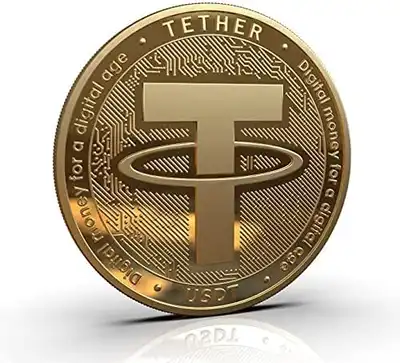While Tether (USDT) offers several benefits in the cryptocurrency ecosystem, it also comes with potential risks and concerns. Some of the key risks associated with Tether include:
Lack of Full Transparency and Audit:
One of the most significant concerns surrounding Tether is the lack of complete transparency regarding its reserves and whether it is fully backed by real-world assets, like the US dollar. Tether has faced criticism for its failure to provide regular, independent audits that would verify the claimed 1:1 peg to the US dollar. The absence of such audits has led to doubts about the actual reserves held by Tether, raising questions about its stability and the potential risk of insolvency.
Regulatory Scrutiny:
Tether operates in a relatively unregulated space, which has attracted increased attention from regulators and authorities. The lack of clear regulatory oversight has raised concerns about the potential risk of regulatory crackdowns or legal challenges that could impact Tether’s operations and its value.

Systemic Risk:
As one of the most widely used stablecoins, Tether’s widespread adoption has led to its integration into numerous cryptocurrency exchanges and trading pairs. If Tether were to face significant problems or lose its peg to the US dollar, it could cause severe disruptions in the cryptocurrency market. A sudden loss of confidence in Tether could trigger a broader market sell-off and negatively affect investor sentiment.
Counterparty Risk:
Tether operates on the basis of trust in its custodians and issuers. Users and investors must rely on the entities behind Tether to manage the reserves and maintain the peg to the US dollar. This introduces counterparty risk, where if these entities were to face financial or operational difficulties, it could impact Tether’s stability and value.
Centralization:
Tether’s underlying infrastructure and issuance are centralized, which means that the control and decision-making power lie in the hands of a limited number of individuals or entities. This centralization goes against the decentralized ethos of many cryptocurrencies, and it raises concerns about the potential for manipulation or single points of failure.
Competition from Regulated Stablecoins:
The emergence of regulated stablecoins issued by reputable financial institutions or tech companies poses a threat to Tether’s dominance. Regulated stablecoins are subject to more rigorous oversight and auditing, which could attract users seeking higher levels of trust and transparency.
While Tether has been a critical player in the cryptocurrency ecosystem, providing price stability and liquidity, its risks should not be overlooked. Concerns regarding lack of transparency, regulatory scrutiny, systemic risk, counterparty risk, centralization, and competition from regulated stablecoins are all factors that users and investors should carefully consider when using Tether or any stablecoin. As with any investment or financial instrument, thorough research and due diligence are essential to make informed decisions and manage potential risks effectively.




